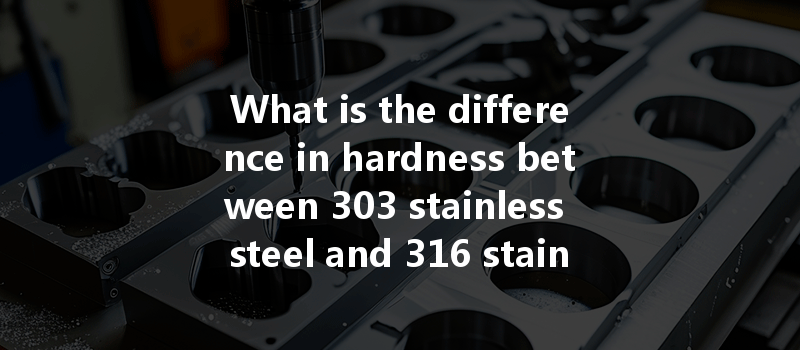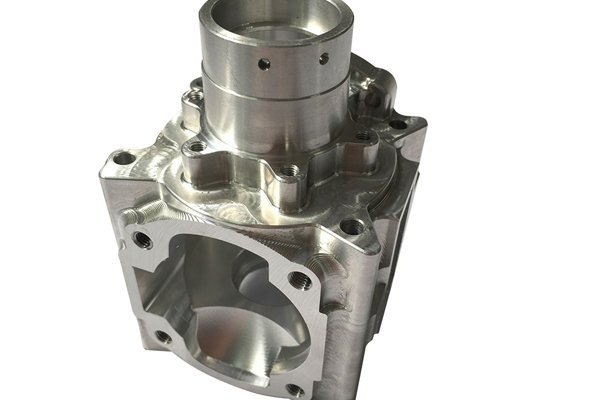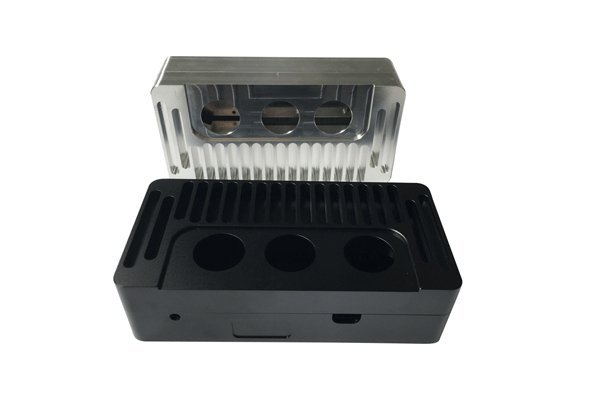An Interesting Fact
Did you know that stainless steel makes up about 60% of the total global demand for nickel? This statistic underscores the widespread use of stainless steel across various industries, including aerospace, automotive, medical, and construction. Within the realm of stainless steels, two common alloys often discussed are 303 and 316 stainless steels. Professionals in CNC turning processes frequently encounter questions regarding their properties, particularly hardness. In this blog, we will delve deeply into the differences between these two alloys, exploring the implications of hardness in CNC turning, and providing you with actionable insights on selecting the right material for your projects.
CNC (Computer Numerical Control) machining is a cornerstone technology in modern manufacturing, offering precision, efficiency, and repeatability. Within the steel family, stainless steels are particularly favored due to their corrosion resistance and strength. Two of the most renowned stainless steel grades are 303 and 316, each boasting distinct properties that make them suitable for specific applications.
But why does hardness matter? Hardness can directly affect the machinability, wear resistance, and overall endurance of the material during and after the CNC turning process. This blog aims to empower manufacturers, engineers, and hobbyists alike with essential knowledge on how to navigate the complexities of material selection between 303 and 316 stainless steels.
Overview of Stainless Steel Grades
303 stainless steel is an austenitic grade designed for maximum machinability. It is typically alloyed with sulfur and phosphorus to improve machinability without compromising corrosion resistance.
316 stainless steel is another austenitic alloy known for its superior resistance to corrosion, particularly in saline environments. Often referred to as “marine grade” stainless steel, 316 contains molybdenum, which enhances its corrosive resistance.
While both grades have similar Rockwell hardness values, the essential difference arises from their alloying elements. The presence of molybdenum in 316 enhances not only its corrosion-resistant properties but also the overall toughness at elevated temperatures. On the other hand, the sulfur content in 303 aids its machinability but may slightly lower the corrosion resistance compared to
Implications of Hardness in CNC Turning
Understanding the hardness of these materials is crucial from multiple perspectives:
Machinability refers to how easily a material can be cut, shaped, or machined. Generally, lower hardness translates to better machinability.
The choice of tools is directly influenced by the hardness of the material.
The surface finish achieved during CNC turning is heavily influenced by the hardness and machinability of the stainless steel being processed.
Considerations for Choosing Between 303 and 316 Stainless Steel
When deciding between 303 and 316 stainless steels for your CNC turning projects, consider the following factors:
If the parts will be used in marine environments or exposed to corrosive substances, 316 stainless steel is the clear choice. Its increased resistance to corrosion will inherently offer better durability.

If you are working on a project that requires extensive machining, and the parts will not be subject to extreme conditions, 303 stainless steel could save time and cost during production due to its superior machinability.
Often, plasticity and machinery limitations lead manufacturers to overlook the cost of materials. 303 typically costs less than 316, which can be a decisive factor when working within a budget, especially when creating large quantities of parts.
If the application demands strength and corrosion resistance—such as medical devices, chemical processing plants, or maritime applications—316 is superior. For more general applications and less-demanding environments, 303 suffices.
Hardness Testing Methods
Assessing the hardness of stainless steels is essential in determining their suitability for CNC machining. Here are a few common hardness testing methods:
A commonly used method, where a specific load is applied using a hard indenter, and the depth of penetration gives a measurable hardness value.
This method uses a hardened steel or carbide ball as an indenter. The diameter of the indentation left on the surface is measured and converted into a hardness value.
In this method, a diamond pyramid indenter is pressed into the material, and the size of the indentation is measured. The Vickers test is useful for testing very hard materials.
Practical CNC Turning Solutions
When processing 303 or 316 stainless steel in CNC turning, applying the right techniques can significantly enhance the quality of the output:
Using stable and consistent machining parameters such as optimal speed, feed rate, and cutting depth can help achieve better efficiency. For 316, lower spindle speeds, and slightly higher feeds are optimal to minimize thermal strain.
Implementing an effective cooling system is essential to maintain temperature during precision CNC turning. For 316 stainless steel, using coolant can prevent work hardening and extend tool life.
Due to the ongoing tool wear experienced, quality control checks should be conducted frequently on tool edges to ensure optimal performance and adjust as required.
After CNC turning, methods like polishing or passivation may enhance the surface condition of parts, particularly when aesthetics and cleanliness are paramount.
Challenges and Solutions in CNC Turning of Stainless Steels
Challenge: Higher hardness levels in 316 can lead to increased tool wear.
Solution: Utilize coated carbide tools and ensure to employ the correct speeds and feeds to reduce wear rates.
Challenge: Both alloys are prone to distortion due to thermal stresses in the machining process.
Solution: Manage the temperature through consistent cooling strategies and consider using stress-relief practices prior to machining.
Challenge: Increased hardness may lead to longer machining times.
Solution: Optimize the tool path in CNC programming to ensure efficient material removal while maintaining quality.
In summary, understanding the hardness differences between 303 and 316 stainless steels is paramount for successful CNC turning processes. It impacts machinability, tool selection, surface finish, and longevity of components manufactured from these materials.
Opting for the right stainless steel can save manufacturers time and costs while still meeting the functional requirements in varied applications.
This blog has brought to light the critical need for engineers, manufacturers, and enthusiasts to carefully consider material properties like hardness in their designs and applications. Hence, whether you’re looking to enhance precision, reduce failure rates, or simply improve material selection practices, acknowledging the signs of hardness can lead to substantial advancements in your CNC processes.
Thank you for examining this essential topic and the nuances involved. As the CNC industry continues to evolve, staying informed on such distinctions will remain crucial for achieving excellence in manufacturing.






